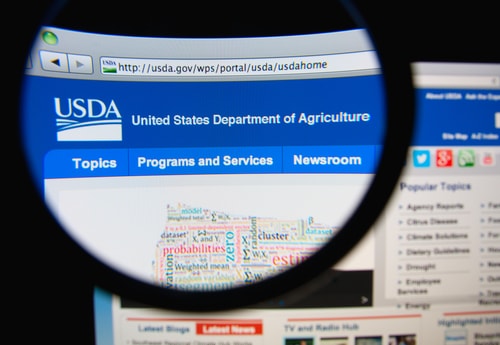Companies able to produce between 100 million and 500 million doses wanted
By Diego Flammini, Farms.com
A spring outbreak of bird flu across the American Midwest that resulted in the loss of nearly 48 million turkeys and chickens has led the United States Department of Agriculture to develop a vaccine to help fight future outbreaks.

The vaccine would help reduce the amount of the virus produced by the chickens and turkeys. No definitive vaccine has been developed to this point, but the USDA created a prototype seed strain. Companies will be able to use the prototype or create their own vaccine that could be mass produced.
The USDA also plans to increase their workforce and have staff on hand ready to euthanize flocks quickly as a way to avoid the disease spreading from farm to farm.
Associate deputy administrator for veterinary services at the USDA’s Animal and Plant Health Inspection Service, Dr. T.J. Myers told the Associated Press that the organization wants to be prepared if another outbreak occurs and a vaccine appears to be a viable way to fight it.
The decision to use a vaccine will be heavily discussed because it could affect trade relations.
Myers said that some trade partners could see the usage of a vaccine as an admission that the problem is too large to contain and could result in trade restrictions.
The outbreak began in March and spread to 200 farms in 15 states. The estimated damage of the bird flu outbreak is more than $300 million.
Join the conversation and tell us your thoughts on a bird flu vaccine and its possible mass production. Would it be something you invest in to protect your flocks?